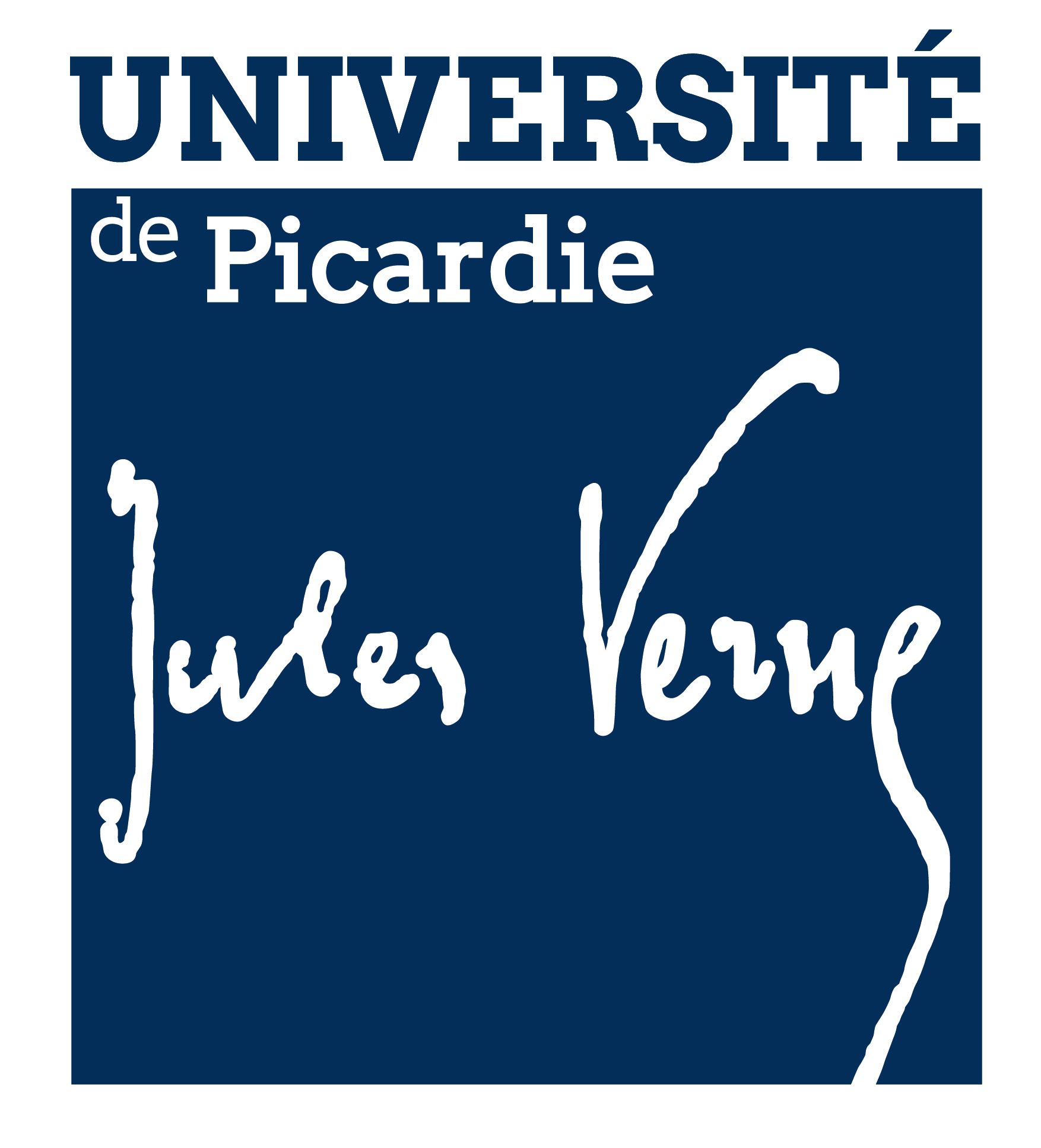Enhancement of In Vivo Bone Regeneration by the Carbohydrate Derivative DP2
Résumé
Background/Objectives: Delays in bone healing and complications of remodeling constitute a major medical problem—particularly in older adults and patients with comorbidities. Current therapeutic approaches are based on strategies that promote bone regeneration. We recently identified a disaccharide compound (DP2) that enhances in vitro mineralization in human osteoblast cells via the early activation of Runx2 and the induction of osteoblast differentiation.
Methods: First, a calcium quantification assay was performed to assess mineralization in MC3T3-E1 cells. Next, microcomputed tomography and histological analyses were used to examine in vivo bone repair in a rat 5 mm cranial defect model following the implantation of DP2 coupled to a micro/macroporous biphasic CaP ceramic (MBCP+) or collagen scaffold.
Results: Here, we demonstrated that DP2 induced osteogenic differentiation and significantly elevated calcium matrix deposition in the murine preosteoblast cell line MC3T3-E1. We found that treatment with DP2 coupled to MBCP+ repaired the calvarial defect on post-implantation day 91. It significantly increased bone mineral density starting on day 29 post-treatment. In addition, DP2 did not induce ectopic bone formation.
Conclusion: Taken as a whole, these results show that DP2 is a promising candidate treatment for delayed bone healing.
Methods: First, a calcium quantification assay was performed to assess mineralization in MC3T3-E1 cells. Next, microcomputed tomography and histological analyses were used to examine in vivo bone repair in a rat 5 mm cranial defect model following the implantation of DP2 coupled to a micro/macroporous biphasic CaP ceramic (MBCP+) or collagen scaffold.
Results: Here, we demonstrated that DP2 induced osteogenic differentiation and significantly elevated calcium matrix deposition in the murine preosteoblast cell line MC3T3-E1. We found that treatment with DP2 coupled to MBCP+ repaired the calvarial defect on post-implantation day 91. It significantly increased bone mineral density starting on day 29 post-treatment. In addition, DP2 did not induce ectopic bone formation.
Conclusion: Taken as a whole, these results show that DP2 is a promising candidate treatment for delayed bone healing.
| Origine | Fichiers éditeurs autorisés sur une archive ouverte |
|---|---|
| licence |



